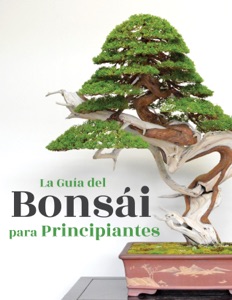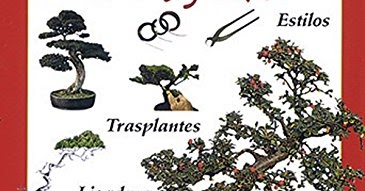

By contrast with other plant cultivation practices, bonsai is not intended for production of food or for medicine.

Purposes of bonsai are primarily contemplation for the viewer, and the pleasant exercise of effort and ingenuity for the grower. According to Stephen Orr in The New York Times, "the term should be reserved for plants that are grown in shallow containers following the precise tenets of bonsai pruning and training, resulting in an artful miniature replica of a full-grown tree in nature." In the most restrictive sense, "bonsai" refers to miniaturized, container-grown trees adhering to Japanese tradition and principles. The loanword "bonsai" (a Japanese pronunciation of the Chinese term penzai) has become an umbrella term in English, attached to many forms of diminutive potted plants, and also on occasion to other living and non-living things. It was during the Tang dynasty, when penjing was at its height, that the art was first introduced in Japan. Similar versions of the art exist in other cultures, including the miniature living landscapes of Vietnamese Hòn non bộ. Unlike penjing, which utilizes traditional techniques to produce entirely natural scenery in small pots that mimic the grandiose shapes of real life scenery, the Japanese "bonsai" only attempts to produce small trees that mimic the shape of real life trees. Rest in Peace Mr.Bonsai at the National Bonsai & Penjing Museum at the United States National Arboretumīonsai ( Japanese: 盆栽, lit.'tray planting', pronounced ( listen)) is the Japanese art of growing and training miniature trees in pots, developed from the traditional Chinese art form of penjing. This is one that every bonsai enthusiast should own. It is available in paperback and, of course, comes highly recommended by me. My highest offer for this scarce Hard Back first edition book has been $500.00.

I have most certainly and carefully read through this great book many time and seem to learn more each time I take it down from the special place in my library of books in my home. He was so good with his bonsai design drawing and I believe almost all drawing in this book were his own. John presented me with a now hard-to-get 'Hard Copy' if this one-of-a-kind book. My highest offer I feel very fortunate to have met and participated in workshops with this great author and bonsai master, John Naka. I feel very fortunate to have met and participated in workshops with this great author and bonsai master, John Naka.


 0 kommentar(er)
0 kommentar(er)
